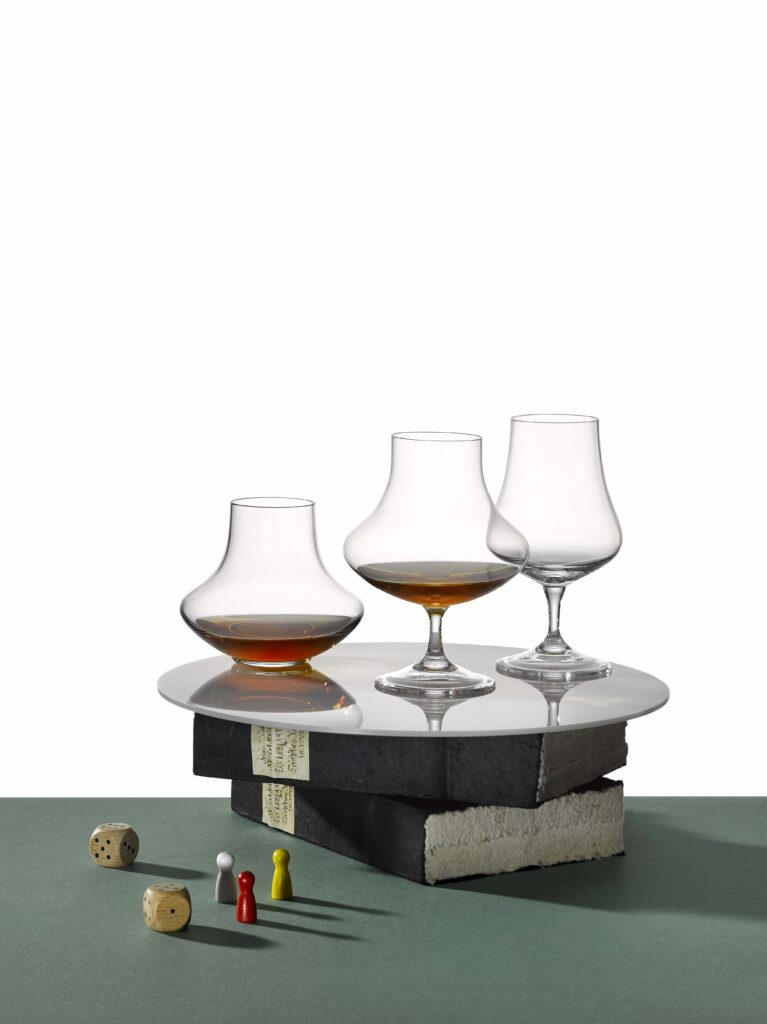Aperitive and digestive
Two perfect allies for every dining experience

When the word dining comes to mind, many of us think of lavishly laid tables, the smell of delicious food and glasses filled with tasty beverages that enhance the overall gourmet experience. Standing out among these drinks are aperitifs and digestifs – two concepts that stand for indulgence and tradition. Aperitifs, served before the meal, entice tasting and open the door to a world of culinary delights, while digestifs, which come after the meal, help to absorb the flavours and flatten the stomach after a sumptuous feast. What’s behind these fascinating drinks and how do we incorporate them into our gastronomic rituals? In this article, we delve into the world of aperitifs and digestifs together, exploring their diversity as well as their influence on culture.
What is an aperitif?
Aperitif is a drink that is usually served before a meal. Its main purpose is to stimulate the appetite and prepare the body for the upcoming gastronomic experience. Aperitives are often characterised by refreshing flavours that can be sweet, bitter or sour. The most popular aperitifs include vermouth, prosecco, champagne and various cocktails. Traditionally, aperitifs are served in a small glass, either on their own or with a small treat such as olives, nuts or nibbles.
Types of aperitifs
There are many types of aperitifs, which vary according to region and culture. For example, Campari is popular in Italy, while Vermouth is often served in France. In recent years, aperitifs based on herbs and spices, such as the Aperol Spritz, have also gained considerable popularity. Their variety is one of the reasons why aperitifs have become an integral part of social events and evening dining almost all over the world.
Aperitifs can be served in various forms, either as soft drinks or alcoholic cocktails. In recent years, healthier alternatives have emerged in the aperitif world – drinks based on natural ingredients, without added sugar or artificial substances.
Aperitive and its function
The aperitif has not only a gastronomic but also a social function. It is a time for people to meet, talk and enjoy a pleasant atmosphere. An aperitif can also be a great way to start the evening, relax and tune in to the upcoming meal. Whether it’s a formal dinner or a casual gathering with friends, an aperitif creates a welcoming atmosphere and encourages interaction between guests.
If you are looking for the right glass for both aperitif and digestif, you will find great inspiration in our e-shop, where a wide range of differently designed glasses for every occasion awaits you. So whether you’re looking for an elegant accompaniment for a refreshing prosecco, or a glass for something a little spicier like brandy or rum, there’s something for you in our e-shop. Take a look at the full range here.
What is a digestive?
On the other hand, a digestif is a drink served after a meal – its main purpose is to aid digestion. Digestives tend to be stronger and more concentrated than aperitifs, and often contain herbs, spices or fruit to help relax the stomach after a hearty meal. Well-known digestives include brandy, whisky, liqueurs and herbal digestives such as Fernet or Amaro.
Types of digestives
Just as there are different types of aperitifs, digestifs also have their specific categories. For example, fruit liqueurs such as limoncello or orange liqueur are often served after dessert, whereas strong spirits such as whisky or rum may be served at the end of the evening. Some restaurants even offer a special digestif menu that includes a selection of these drinks to complement the flavour experience of the food served.
Digestive and its functions
The digestif, often considered the sweet spot at the end of a meal, therefore has not only a gastronomic but also a cultural and social role. It is a moment for guests to sit back, relax and share their impressions of the meal they have just enjoyed. This drink, usually served after dinner, helps to aid digestion and brings a pleasant feeling of well-being. Whether it’s a glass of fine liqueur, a refreshing grappa or a strong brandy, a digestif creates a space for relaxation and conversation, strengthening relationships between friends and family. It creates the perfect opportunity to share stories, memories and laughter, rounding off the dining experience with a full stomach and a sense of satisfaction.



Aperitif and digestive are distinguished by their mutual harmony
Aperitives and digestives are two sides of the same coin and one simply cannot be done without the other in modern dining. However, it is always good to know how to choose the right aperitif and digestif. This is the only way to create a harmonious experience at every meal. For example, if you choose a light aperitif such as prosecco, it is advisable to end the evening with something stronger, such as brandy or herbal liqueur, which will aid digestion.
Aperitifs and digestives are not only drinks, but also part of the cultural heritage of many countries. There are specific rituals associated with their consumption in different cultures. In France, for example, it is traditional to serve apéritifs with an ‘apéritif dinatoire’, a lighter dinner with several courses served during the time when the apéritifs are consumed. This ritual brings people together, stimulates conversation and creates memorable experiences.
